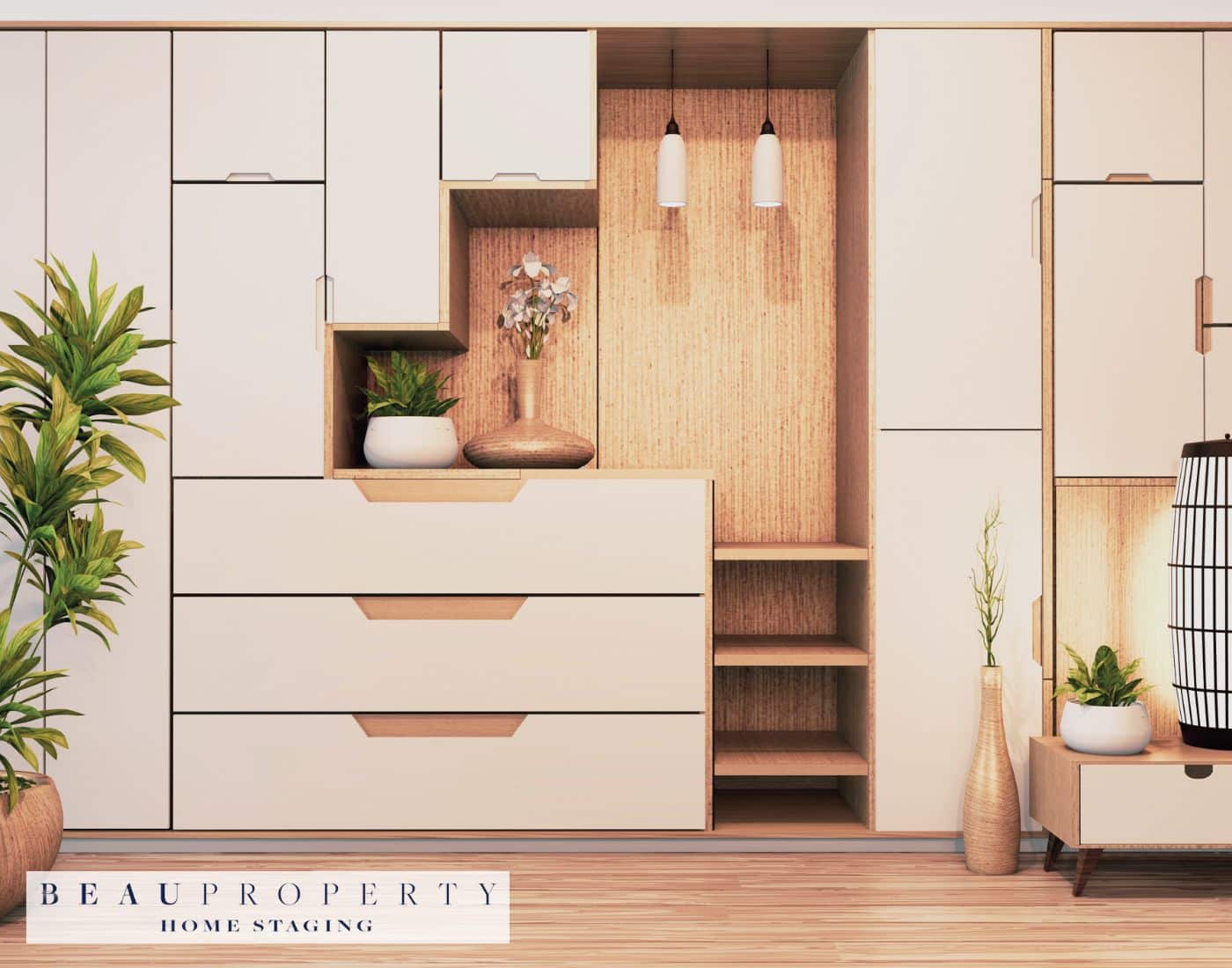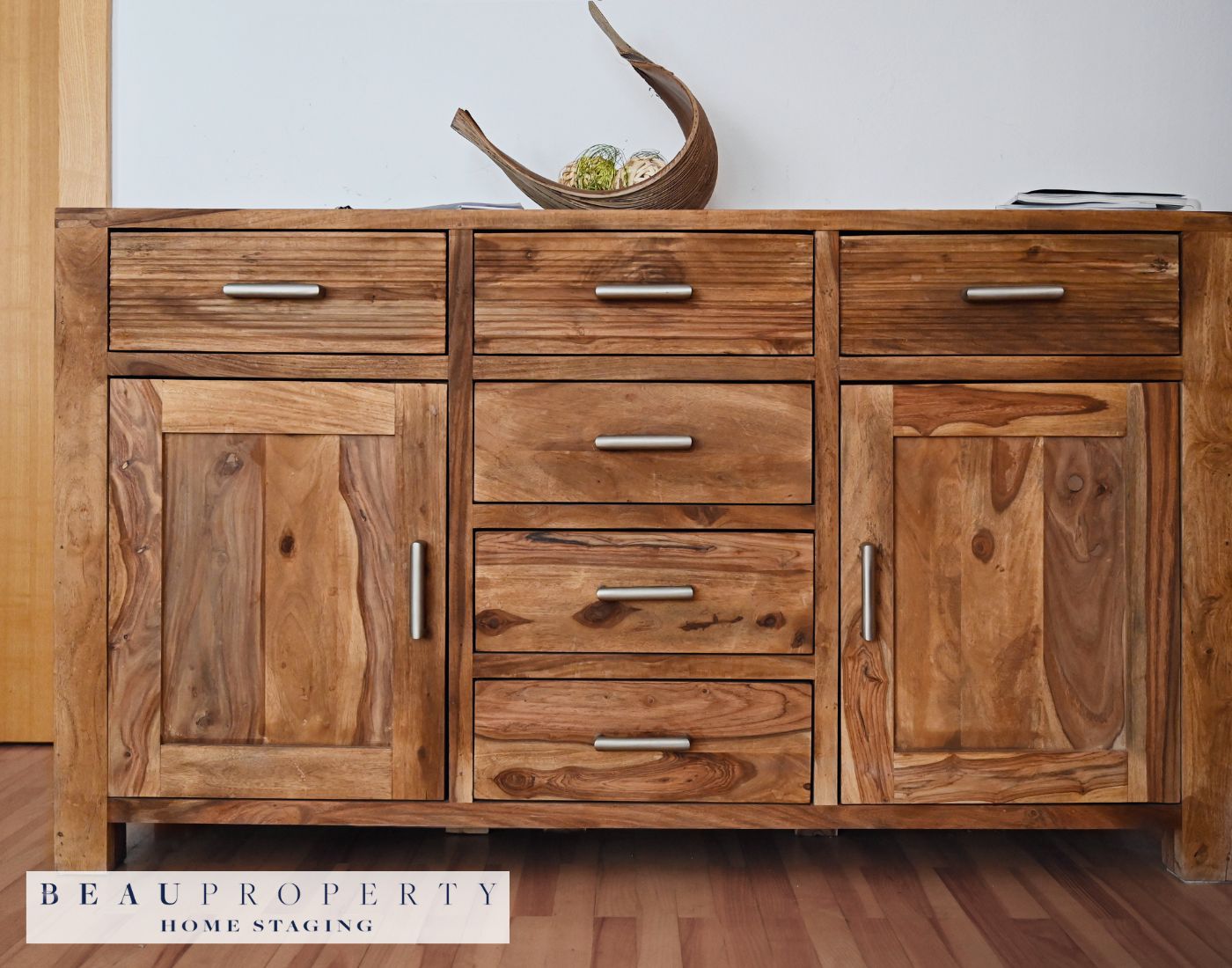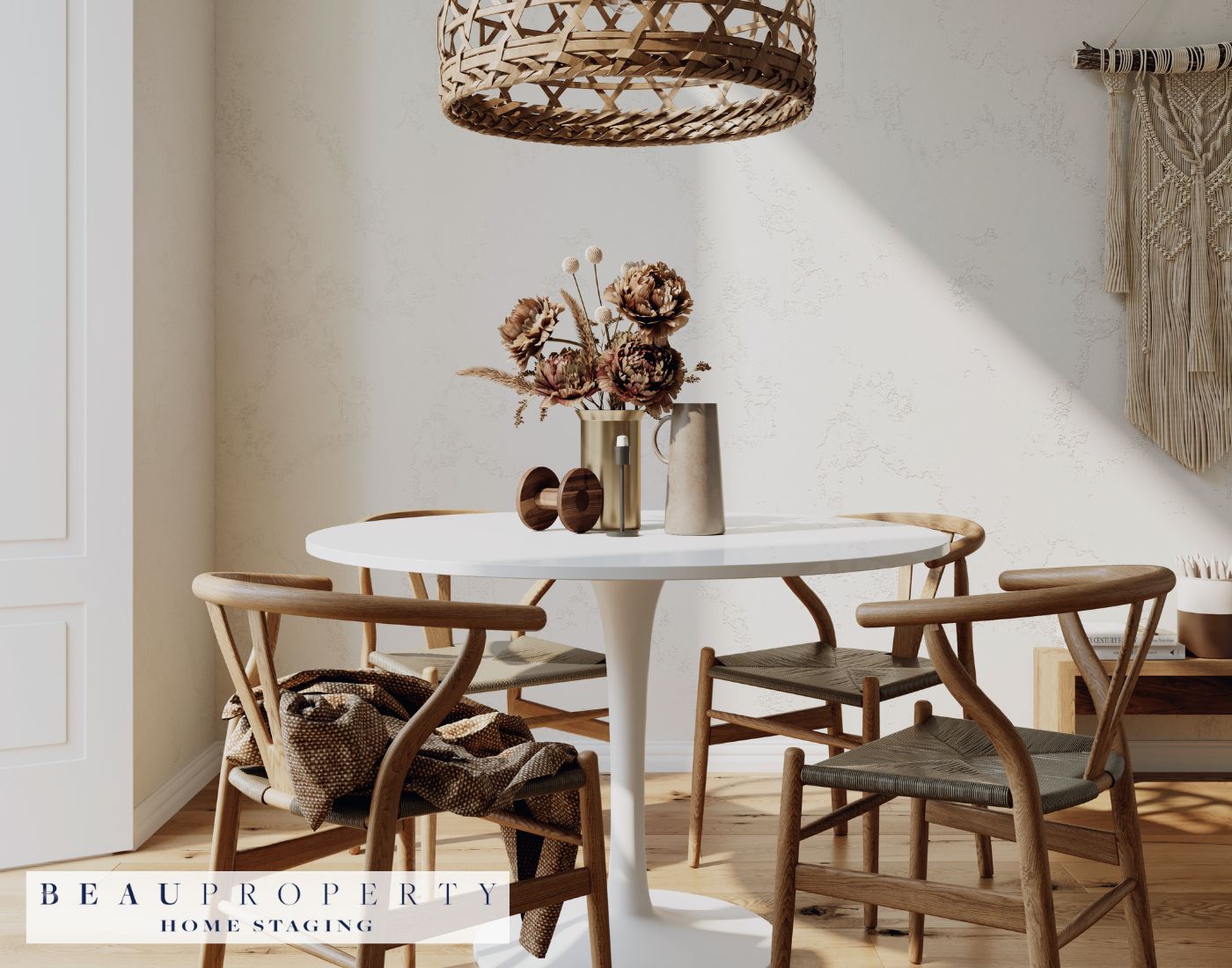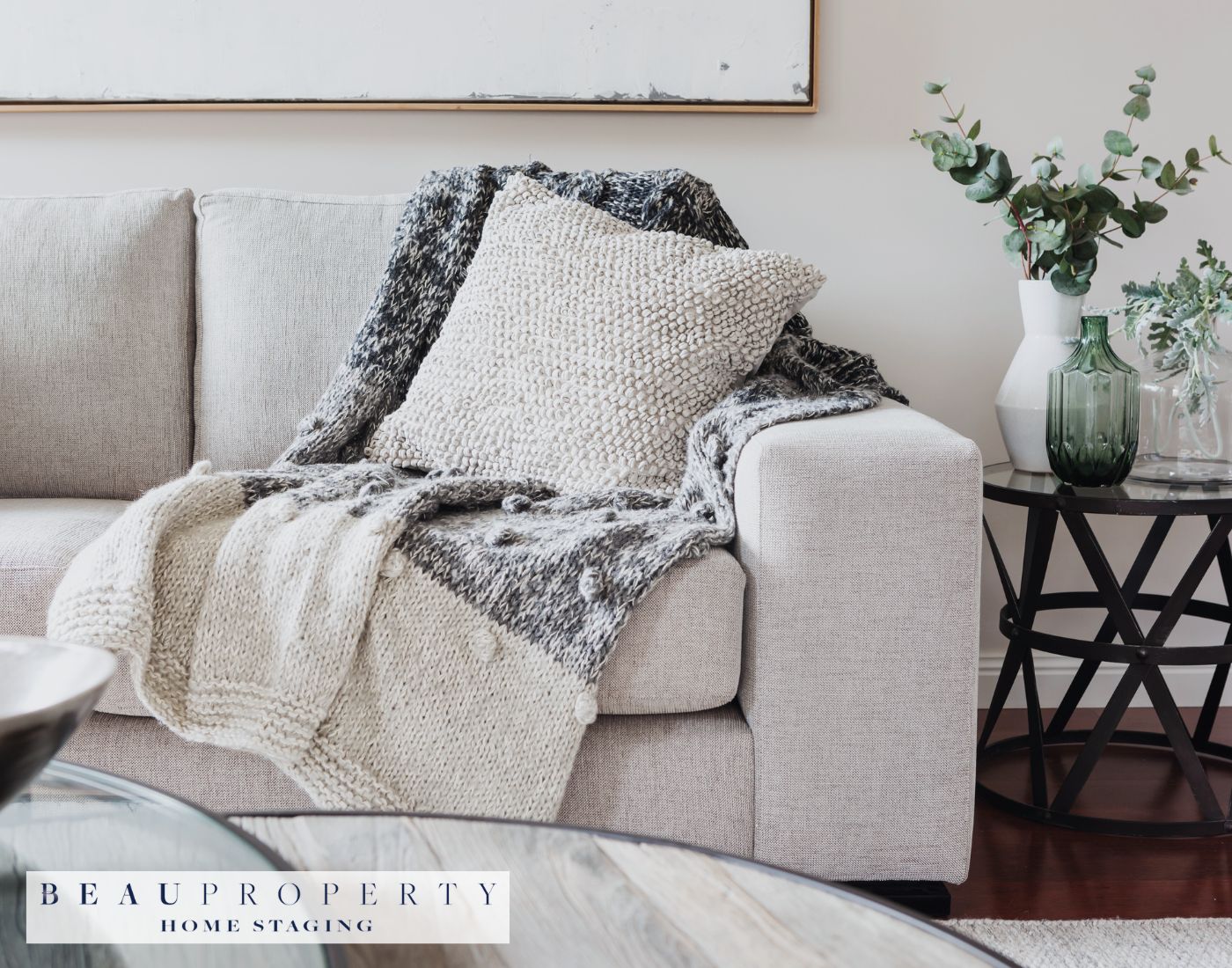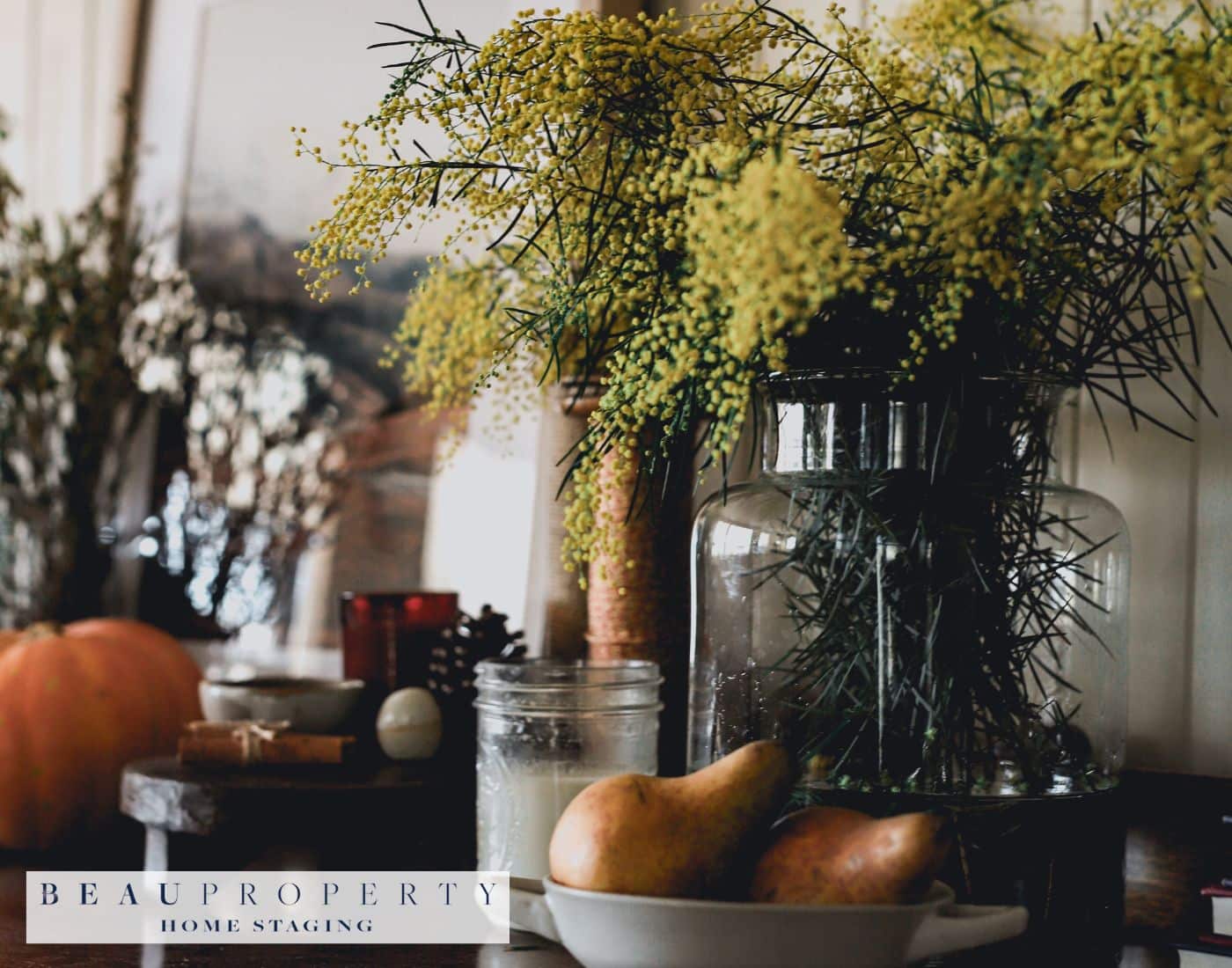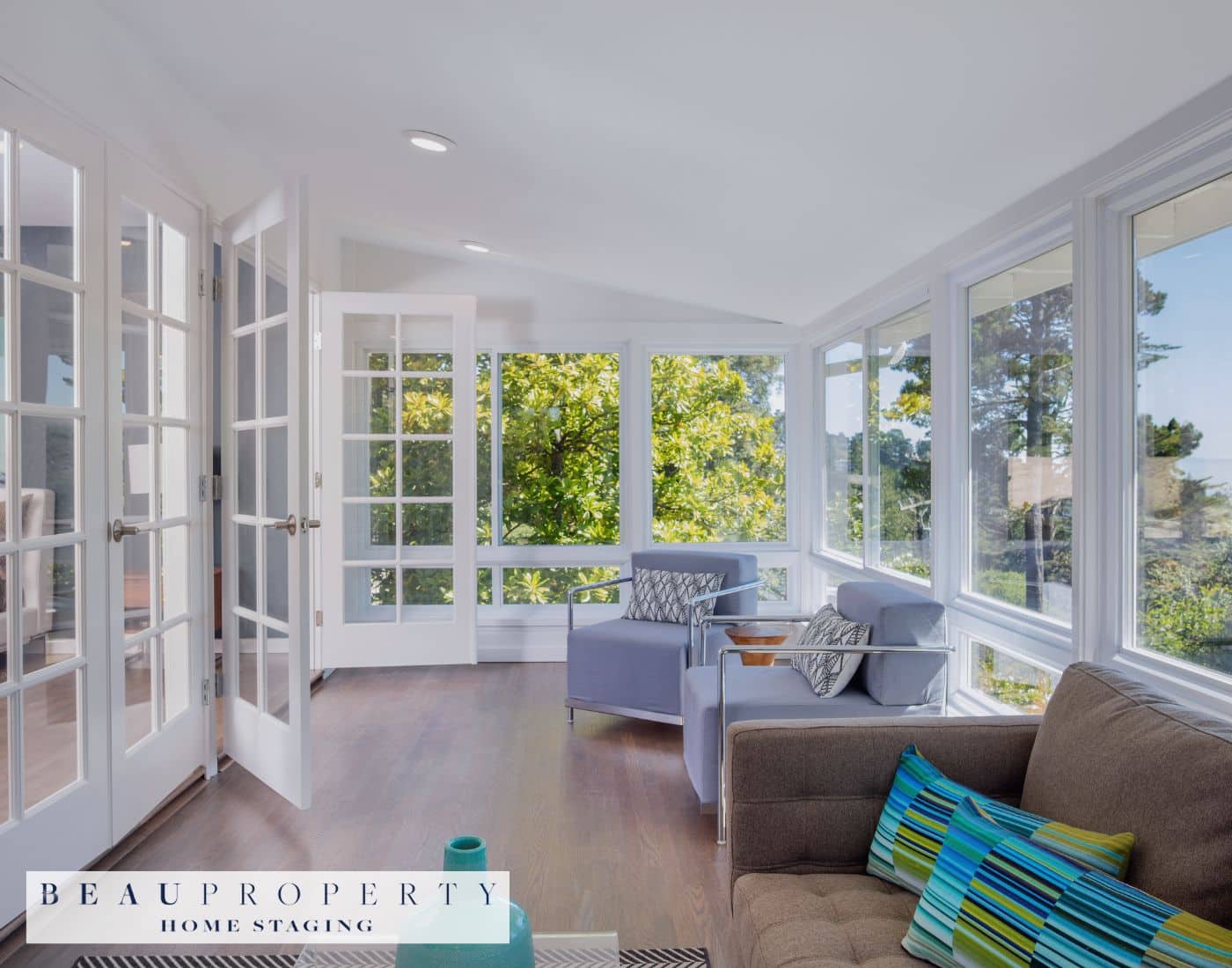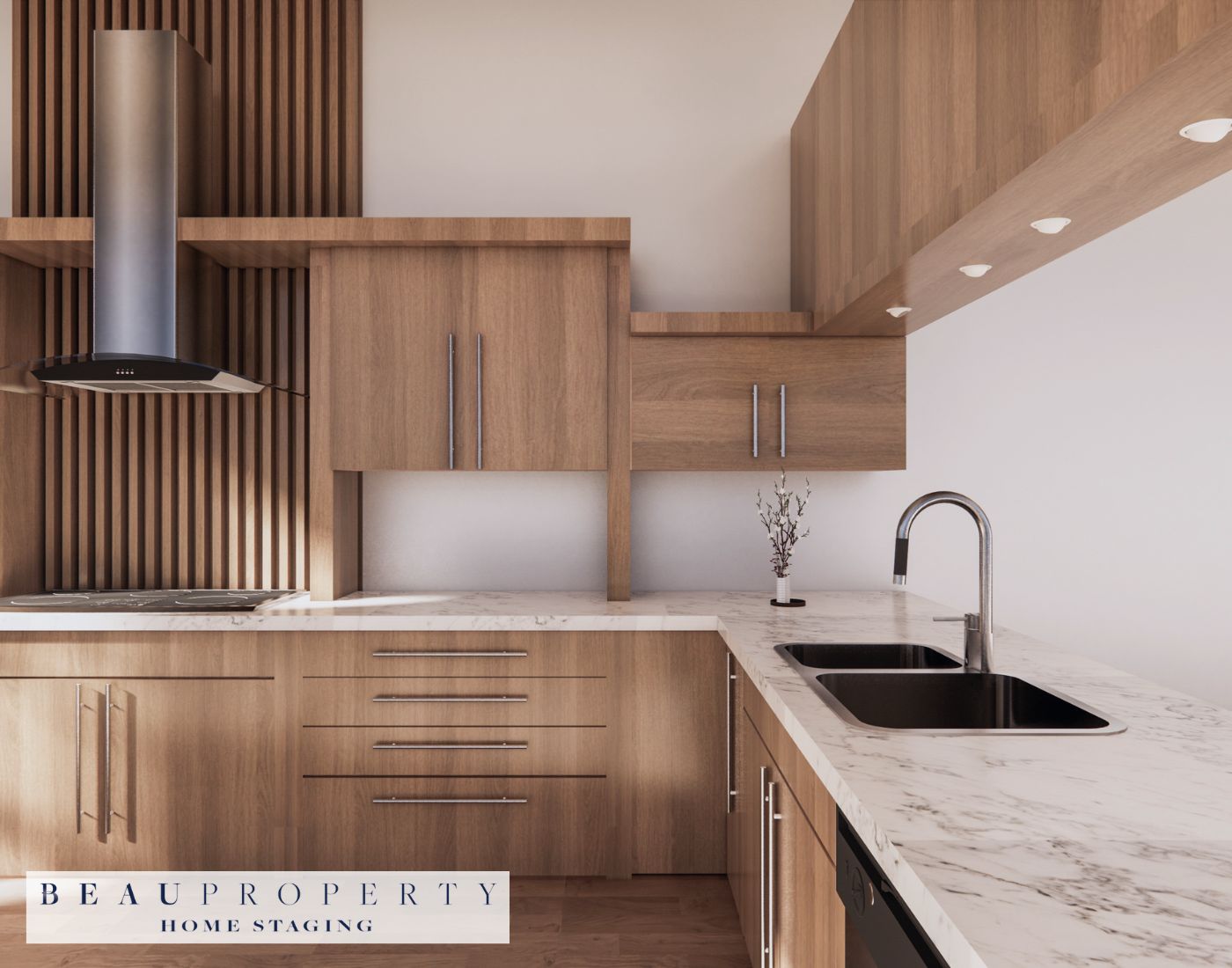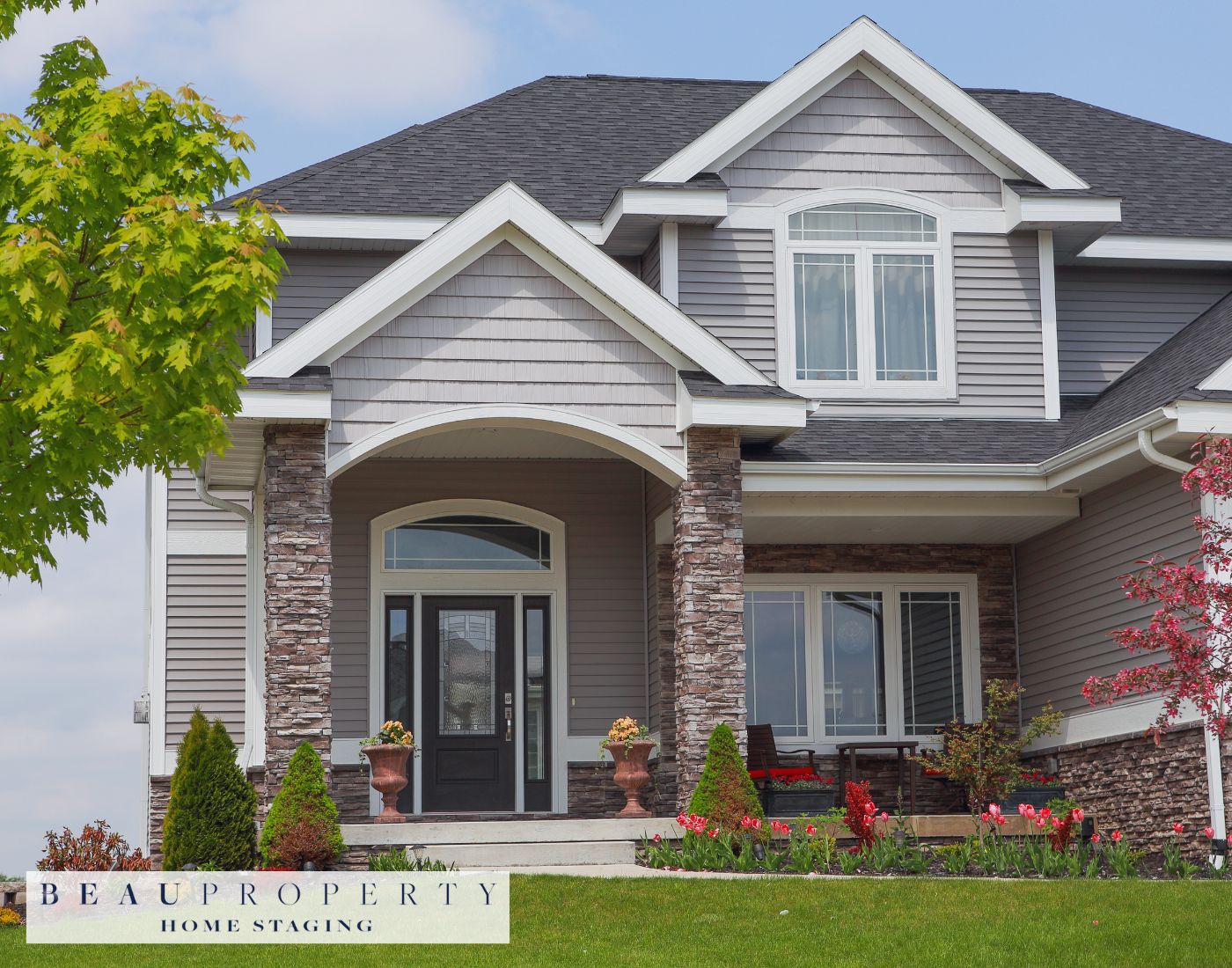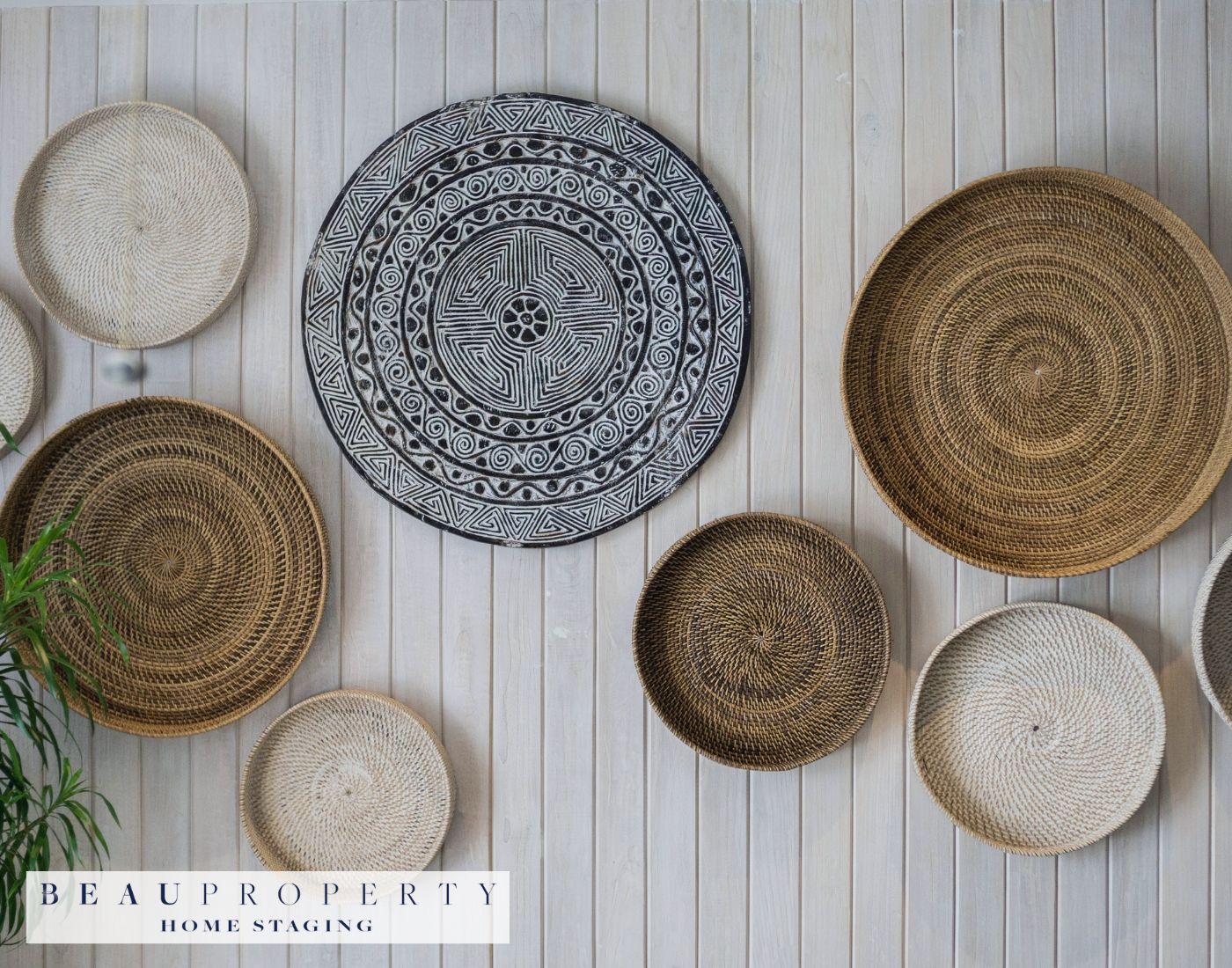Introduction to Quick DIY Styling
Importance of Quick and Easy Home Styling
Quick and easy DIY styling has become a cornerstone of modern living. With hectic schedules and a fast-paced lifestyle, having a home that is visually appealing and functional can enhance overall well-being. Instantly improving your surroundings without investing excessive time or money can yield substantial benefits. Creating a space that reflects personal taste not only promotes happiness but also contributes to mental health, reducing stress and uplifting mood.
Benefits of DIY Styling Approach for Instant Impact
The DIY Styling approach to home styling offers a range of advantages. Primarily, it provides significant cost savings by eliminating labour and consultation fees associated with hiring professionals. By taking control of your own decorating projects, you can infuse your personal touch into every detail, ensuring the space accurately reflects your style and preferences. The flexibility to work at your own pace and make changes as needed is another key benefit of DIY projects. Moreover, engaging in DIY styling activities fosters a sense of accomplishment, which can positively impact mental well-being.
Overview of Time-Efficient Ideas
When it comes to quick DIY styling, there are numerous time-efficient ideas to consider:
- Decluttering and Organisation – Start by eliminating clutter for immediate visual improvement. Use simple organisation hacks such as labelled bins and strategic storage solutions to keep everything in order.
- Quick Colour Updates – Change the colour palette of a room by painting accent walls or using peel-and-stick wallpaper. Incorporate colourful accessories like cushions or vases for an instant uplift.
- Lighting Enhancements – Enhance your space by layering different light sources. Update lampshades or fixtures and strategically place mirrors to amplify natural light.
- Textile Transformations – Swap out throw pillows and blankets for the season. Use slipcovers to quickly refresh furniture and add or change curtains to alter window framing.
- Green Touches – Incorporate houseplants or create simple DIY planters for a lively feel. Faux plants offer a low-maintenance alternative.
- Artwork and Wall Décor – Personalise your space with DIY wall art or rearrange existing pieces. Removable decals and washi tape can add temporary designs.
- Furniture Rearrangement and Repurposing – Improve the flow and functionality by repositioning furniture or repurposing items.
- Quick Kitchen and Bathroom Updates – Update hardware on cabinets and add removable backsplash tiles. Organise and style countertops for an instant refresh.
- Curb Appeal in a Snap – Paint the front door and add potted plants or window boxes. Update outdoor lighting fixtures for a welcoming entry.
Decluttering and Organisation
Eliminating Clutter for Immediate Visual Improvement
One of the quickest ways to make a tangible difference in your home is by eliminating clutter. Begin by creating a fool-proof plan that aligns with your schedule, identifying key areas that need attention. A neat approach might involve sorting items into three categories: keep, donate, and trash. This method ensures that only the necessary items remain, which streamlines the decluttering process.
A helpful rule of thumb is the 20/20 rule. If an item can be replaced for under $20 and in less than 20 minutes, it’s probably not worth keeping around. Remember, the goal is to clear your space of excess items that do not add value to your daily life. Once sorted, dispose of the trash immediately to avoid re-cluttering and stagnation.
Simple Organisation Hacks for a Cleaner Look
To achieve a cleaner look, start small. Focus on individual projects such as organising your computer area or tidying up your bookshelves. Utilise baskets and storage trays to categorise and conceal smaller items like cables or stationary, providing a streamlined appearance.
For a bedroom revamp, the 4-box method is beneficial. Label four boxes as trash, give away, keep, and relocate. This approach helps declutter efficiently and gives you a cleaner space quickly. Under-the-bed storage can also be a lifesaver, offering concealed space for seasonal items or less-used belongings.
Strategic Storage Solutions for a Tidier Space
Strategic storage solutions are essential for maintaining an organised home. Think vertically by installing shelves or cabinets that extend up to the ceiling. This maximises wall space and keeps your floor clutter-free. Multi-use furniture like beds with built-in storage or coffee tables with hidden compartments can also be incredibly useful.
For those with limited closet space, wardrobe organisers and garment racks are excellent alternatives. Hooks and wall-mounted organisers are ideal for smaller living spaces, as they allow you to store frequently used items like keys and bags in an easily accessible manner. Clear bins and label systems can also simplify storage areas, making it easier to find what you need without creating a mess.
Quick Color Updates
Painting Accent Walls for Instant Transformation
A quick coat of paint can dramatically alter the mood and aesthetics of any room. Painting an accent wall is one of the fastest and most impactful strategies for this. Choose a bold colour that complements the existing palette while adding a touch of drama. Whether it’s a vibrant blue for a calming effect or a rich red for energy, the choice sets the tone for the entire space.
Using Peel-and-Stick Wallpaper for Temporary Changes
For those hesitant to commit to permanent changes, peel-and-stick wallpaper offers an ideal solution. Available in a plethora of patterns and textures, this type of wallpaper is easy to apply and remove, making it perfect for renters or seasonal updates. Ensure your walls are smooth and primed for the best results; textured walls might cause adhesion issues, leading to poor appearance and longevity.
Incorporating Colourful Accessories for Pops of Colour
Adding colour doesn’t always mean repainting walls. Incorporate vibrant accessories to breathe new life into any room. Here are a few easy ways to achieve this:
- Throw Pillows and Blankets: Swap out existing cushions and throws for brighter, more colourful versions. This simple change can make a huge difference in the visual interest of a room.
- Artwork: Hang colourful art pieces to introduce hues and patterns. Whether it’s a large canvas or a collection of smaller frames, artwork can serve as the perfect focal point.
- Rugs and Curtains: Brighten up floors and windows with colourful rugs and curtains. A vibrant rug can create a cohesive look, while colourful curtains can frame your windows beautifully.
- Small Decor Items: Think of colourful vases, picture frames, and even books. These small elements can collectively add zest to the overall decor.
These quick and time-efficient updates not only breathe new life into your space but also reflect your personality and style preferences.
Lighting Enhancements
Layering Different Light Sources for Ambiance
Creating a warm, inviting ambiance in your home through lighting is all about layering. The key is to combine ambient, task, and accent lighting to give depth and versatility to your space. Ambient lighting serves as the base layer, typically provided by ceiling fixtures, pendant lights, or chandeliers. These create a uniform glow and lay the foundation for other lighting elements.
Task lighting should be three times brighter than your ambient light to avoid eye strain, perfect for reading areas or kitchen counters. Desk lamps, under-cabinet lights, or pendant lights above workspaces are ideal for this purpose. Accent lighting, such as wall sconces or LED strips, highlights architectural features or artwork, adding depth and visual interest to your room.
Updating Lampshades or Fixtures for a Fresh Look
Refreshing lamp shades or light fixtures can dramatically change the feel of a room. Consider using uniform shapes for lampshades to create a cohesive look. Spray painting old lampshades with geometric patterns or covering them in fabric can give them a new lease of life. Even small changes, like swapping out a plain shade for one with unique textures or colours, can inject character into the room.
If you’re feeling adventurous, replacing the whole fixture can provide a more substantial update. Explore modern designs or vintage styles that complement your existing decor to make a significant impact without overhauling your entire room.
Strategic Placement of Mirrors to Amplify Light
Mirrors are not just for checking your reflection; they can also be powerful tools for brightening and enlarging spaces. Position mirrors opposite or near windows to reflect natural light into the room. This can make any space appear larger and more vibrant. A large mirror over a fireplace or a gallery wall of smaller mirrors can also add dimension to your decor.
For darker corners, place mirrors next to or behind lamps to bounce light around the room. This not only brightens the area but also reduces the need for additional lighting sources. Mirrors with unique frames or patinated surfaces add texture and interest, making them decorative elements in their own right.
With these lighting enhancements, you can effortlessly transform the ambiance of your home. Up next, we’ll discuss further DIY styling techniques to continue enhancing the style and comfort of your living space.
Textile Transformations
Swapping out Throw Pillows and Blankets
Updating your space with new throw pillows and blankets can be an effortless yet effective way to transform your decor. Focus on choosing colours that compliment existing room elements such as wall colour, rug, or curtains. Mixing different textures and prints while maintaining a common anchor colour can add visual interest.
Consider seasonal updates to keep your space fresh. Swap out lightweight fabrics with richer textures for winter or vibrant hues for summer. Vacuum bags are handy for storing seasonal throw pillows when not in use, ensuring they remain in top shape for the next cycle.
Using Slipcovers for Quick Furniture Makeovers
Slipcovers provide a fast and practical method to revitalise worn-out furniture without hefty costs. Choosing the right material and pattern is crucial; beginners might find it easier to work with non-directional prints or plain fabrics. For those cautious about DIY styling, using drop cloths can also offer a flexible and reusable option.
The no-sew approach is equally viable for furniture updates. Strategically cutting and tucking fabric around cushions and frames can yield a neat, polished look without stitching. For a more relaxed style, drop cloths can cover both the sofa framework and cushions.
Adding or Changing Curtains to Frame Windows Differently
Curtains not only frame your windows but set the tone for the room’s aesthetic. Changing them can significantly alter the space’s feel. When coordinating mismatched windows, ensure all curtains are hung at the same height to create a balanced look. Using a combination of blinds and curtains can also add depth and interest.
For smaller or uneven windows, extending the curtain rod beyond the window frame can make the windows seem larger. Skipping window treatments altogether can sometimes provide a rest for the eyes in more visually busy rooms.
Textile transformations offer a versatile and cost-effective way to breathe new life into your home. By focusing on throw pillows, slipcovers, and curtains, you can achieve a fresh, stylish look with minimal effort.
Green Touches
Introducing green touches through houseplants and DIY styling projects is an effortless way to imbue your home with vitality and freshness. Houseplants not only enhance visual appeal but also purify the air and create a calming atmosphere.
Incorporate Houseplants for a Fresh, Lively Feel
The charm of live plants lies in their natural beauty and ability to refresh any space. Opt for tropical houseplants like ferns, palms, or succulents to add a touch of green. Placing tall plants in corners or using smaller pots on shelves or side tables can be stylish and functional, filling out empty spaces and adding height and texture.
Creating Simple DIY Planters or Terrariums
DIY planters and terrariums are perfect for personalising your green touch. To create a terrarium, you’ll need a glass container, clean gravel, activated charcoal, potting mix, and plants like ferns or succulents. Begin with a base of gravel for drainage, add a thin layer of charcoal, then layer on the potting mix. Nestle your plants inside and complete with decorative touches like moss or small rocks.
For a simpler project, try making a terrarium using a jar. Wash and dry the jar, layer it with rocks and soil, and plant mini succulents or ferns for a quaint, low-maintenance mini garden.
Using Faux Plants for Low-Maintenance Greenery
Artificial plants have come a long way and can be a practical alternative for those who lack a green thumb. They require little maintenance—just occasional dusting—and can look surprisingly realistic when styled correctly. To blend faux plants with real ones, place them in natural light, mix them with real plants, or use real dirt in their pots.
By incorporating live or faux greenery into your home, you can effortlessly breathe life into your space. Whether through the charm of houseplants or the creativity of DIY styling projects, adding green touches is a rewarding and impactful styling choice.
Artwork and Wall Decor
Creating DIY Wall Art for Personalised Decor
Creating your own wall art can transform a plain space into a reflection of your personality and creativity. Several DIY styling projects can help you achieve this:
- Canvas Art: Purchase a blank canvas and acrylic paints to create abstract wall art. This allows you to craft designs that suit your style and colour scheme.
- Fabric Art: Stretch a piece of vibrant fabric across a frame. This can infuse colour and texture into your room effortlessly.
- Found Object Art: Use items like wooden crates or reclaimed doors to fashion unique pieces, blending practicality with artistic flair.
These projects not only personalise your space but also reveal your artistic side.
Rearranging Existing Artwork for a New Perspective
Rearranging your existing artwork can breathe new life into your walls. Start by:
- Creating a Focal Point: Use a large piece of art to anchor your display. Place it slightly off-centre to guide the eye around the collection.
- Mixing Sizes: Combine various sizes and orientations of frames to create an engaging, dynamic display.
- Using Symmetry and Balance: Group items in pairs or trios for a balanced look. This technique maximises visual interest.
Rearranging your art regularly allows you to appreciate your collection in new ways and keeps your decor feeling fresh.
Using Removable Decals or Washi Tape for Temporary Designs
Temporary wall decor can be both stylish and functional. Removable decals and washi tape offer a fantastic solution:
- Wall Decals: These are easy to apply and remove without damaging walls. They come in various designs, allowing you to experiment with patterns and themes.
- Washi Tape: Ideal for creating geometric shapes, frames, or borders. It peels off easily, making it perfect for renters or those who like to change things up frequently.
Utilising these tools can add depth and character to your space without the commitment of permanent changes.
With these DIY styling tips, your home’s walls can become vibrant, artistic displays that reflect your unique style. Now, let’s delve deeper into how to maximise the aesthetic appeal by rethinking the arrangement and function of your furniture.
Furniture Rearrangement and Repurposing
Repositioning Furniture for Improved Flow and Function
Rearranging furniture can significantly enhance your home’s flow and functionality. It’s essential to consider the room’s focal point, such as a fireplace or large window, when deciding where to place key pieces. Make sure pathways remain clear, allowing easy movement through the space. This creates a more welcoming environment and optimal use of your room.
When arranging living room furniture, make sure pieces like sofas and chairs face each other to encourage conversation. Use end tables strategically to provide convenient surfaces for drinks and decor. For small spaces, float furniture away from walls, creating intimate zones for different activities. In bedrooms, designate the bed as the focal point and maximise the space with functional storage solutions, such as matching dressers that can double as nightstands. This approach ensures both functionality and aesthetic balance.
Repurposing Existing Items for New Uses
Repurposing existing furniture can breathe new life into your space without the need for new purchases. Start by evaluating the structural integrity of your furniture pieces and decide if minor modifications, like repainting or adding new hardware, could enhance them. For example, an old dresser could be turned into a chic bathroom vanity or an unused cabinet could be converted into a stylish bar.
Creative upcycling ideas include painting older wooden pieces with colours of your choice or deep-cleaning and reupholstering seating with modern fabrics. By envisioning the final product and taking it step-by-step, you can transform existing items into functional and stylish pieces, keeping your home updated and interesting.
Mixing and Matching Furniture Pieces for a Curated Look
Combining different furniture styles can result in a unique, curated aesthetic. To achieve this, focus on a common theme or colour palette to create a cohesive look. For instance, combining a vintage coffee table with contemporary seating can blend seamlessly if they share complementary colours or textures.
Use a balance of different textures and materials to avoid visual monotony. By maintaining a consistent style through colour and material choices, you ensure a harmonious integration of diverse pieces. The goal is to create a curated look that reflects your personal style while maintaining the room’s functionality and flow.
By thoughtfully repositioning, repurposing, and mixing furniture, you can revitalise your living spaces, making them more functional and aesthetically pleasing. This approach to furniture rearrangement and repurposing underscores the efficacy of quick, impactful styling methods.
Quick Kitchen and Bathroom Updates
Changing Hardware on Cabinets and Drawers
One of the simplest ways to update your kitchen and bathroom without a full renovation is by changing the hardware on cabinets and drawers. Swapping out old knobs and handles for new ones can significantly alter the look of the space. It’s a low-cost, high-impact solution that requires minimal tools and can be done in under an hour. Fresh hardware can modernise the room’s aesthetic, making it look more cohesive and updated.
Adding Removable Backsplash Tiles or Contact Paper
Removable backsplash tiles or contact paper offer an easy, mess-free way to give your kitchen or bathroom a facelift. Peel-and-stick tiles create the look of a traditional backsplash but are less time-consuming to install. With no need for grout or specialised tools, anyone can tackle this project in an afternoon. They are available in various colours and patterns, making it easy to find something that suits your style. Using contact paper is another budget-friendly option, allowing for even more creativity with designs and finishes.
Organising and Styling Countertops and Open Shelving
Organising and styling countertops and open shelving can make a tremendous difference in both the kitchen and bathroom. For countertops, start by decluttering and ensuring that only essential items are kept out. Use trays to group similar items together and canisters for loose items, which help keep things visually appealing and easy to manage. For open shelving, consider displaying items that are both functional and decorative. For instance, in the kitchen, neatly stack plates and bowls, and perhaps add a few potted plants or cookbooks for aesthetic appeal. In the bathroom, use baskets to store toiletries and towels, keeping everything tidy and within reach.
Keeping the space clutter-free and visually appealing is a continuous effort, but it rewards you with a fresh and organised look. Each of these updates can be done quickly and provides an instant refresh to your kitchen or bathroom, ensuring these essential spaces are both functional and stylish.
Curb Appeal in a Snap
Painting the Front Door for a Fresh First Impression
A well-painted front door is one of the simplest yet most impactful changes you can make to boost your home’s curb appeal. Opt for a bold colour like black, navy blue, or forest green to make a striking statement. Follow a few essential steps to ensure a durable and appealing finish. Begin by removing the door and its hardware. Clean and sand the door before applying primer and the chosen paint colour. Apply two or three coats for optimal coverage, allowing sufficient drying time between applications.
Adding Potted Plants or Window Boxes for Instant Charm
Bringing nature right up to your doorstep can transform the exterior of your home. Potted plants are versatile and can be moved around to suit your tastes and the seasons. Consider using vibrant blooms like hydrangeas, daylilies, or encore azaleas to create an inviting look. For a more permanent floral feature, install window boxes. These can be filled with seasonal plants, providing year-round charm. Materials like copper or painted wood can enhance different architectural styles, offering something for every home aesthetic.
Updating Outdoor Lighting Fixtures
Good lighting can make a substantial impact on your home’s exterior both functionally and aesthetically. Consider updating your current fixtures—or spray painting them if they’re still functional but dated—to give them a refreshed look. Start by removing or masking your fixtures, cleaning them thoroughly, and applying a primer followed by the topcoat. Additionally, installing landscape lighting around walkways and prominent features like trees can amplify the allure of your home while enhancing safety and security during nighttime.
These simple, quick updates can significantly enhance the curb appeal of your home, creating a welcoming and engaging first impression. By integrating these strategies, you will effortlessly elevate the exterior charm of your property.
Conclusion: Maintaining Your Styled Space
Tips for Keeping Your Newly Styled Space Looking Fresh
Maintaining the fresh look of your newly styled space is pivotal to ensure its lasting impact. Regular cleaning is a fundamental step. Dust surfaces, vacuum carpets, and mop floors on a consistent basis. This simple routine helps preserve the cleanliness and visual appeal of your decor. Moreover, periodic decluttering sessions can prevent the gradual accumulation of unnecessary items. Allocating just 15 minutes every week to sort through paper piles, miscellaneous objects, and any emerging clutter can make a significant difference.
To keep your decor elements vibrant, consider rotating items seasonally. By swapping out throw pillows, blankets, and even small decorative pieces, you can continually refresh your space without a major overhaul. For instance, heavier, warm-toned textiles can be replaced with lighter, bright versions come spring and summer.
Encouraging Ongoing DIY Styling Projects for Continuous Improvement
Encouraging ongoing DIY styling projects fosters continuous improvement and keeps your creative juices flowing. Simple, manageable projects like crafting new wall art, creating DIY planters, or even updating a small piece of furniture can bring renewed energy to your home.
Setting realistic goals for your projects is crucial. This not only keeps you motivated but ensures a cohesive look and feel across your space.
Reminder of the Impact of Small, Time-Efficient Changes
It’s essential to remember that even small, time-efficient changes can have a profound impact on your living space. Simple actions, such as changing the hardware on cabinets, introducing new colour accents, or rearranging furniture can create an immediate and noticeable transformation. Small tweaks often exhibit a high impact, revitalising your home with minimal effort and expense.
By maintaining your styled space, embracing ongoing DIY styling projects, and recognising the power of small changes, you can ensure your home remains inviting and reflective of your personal style for years to come.

